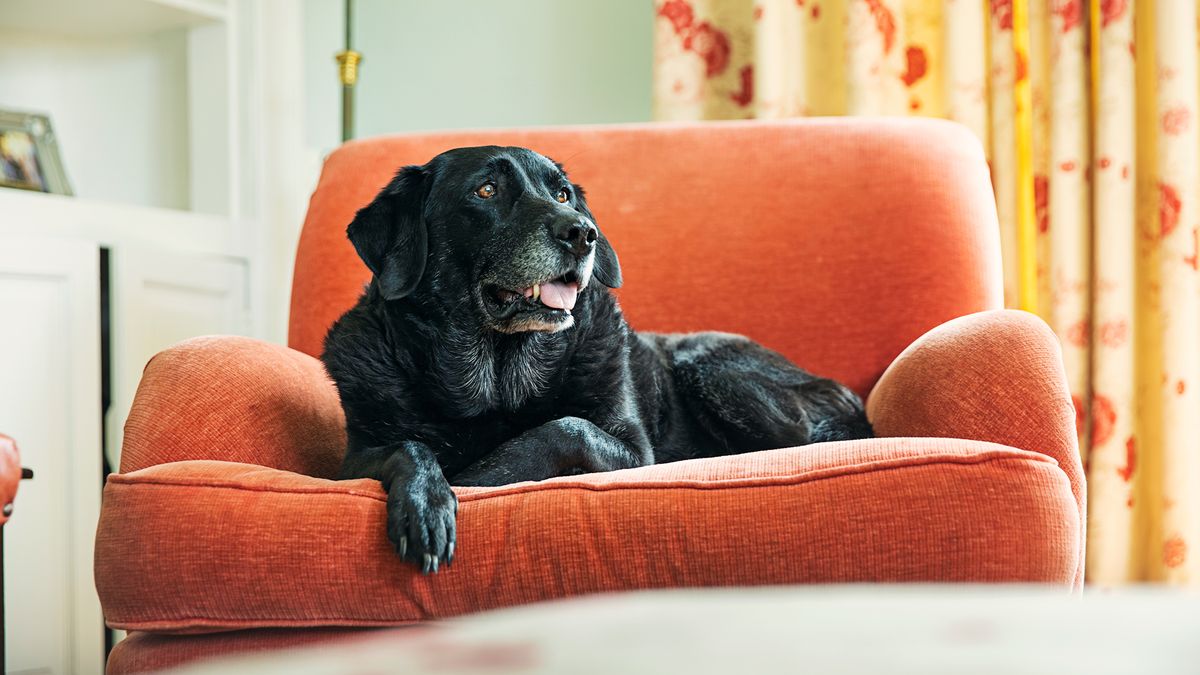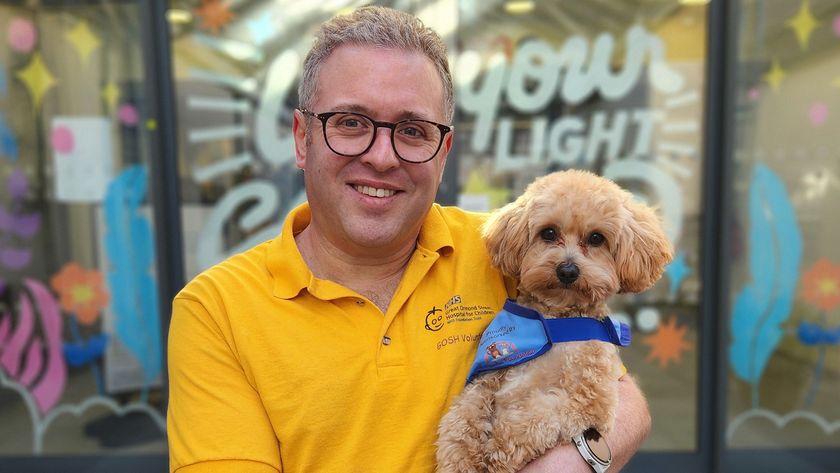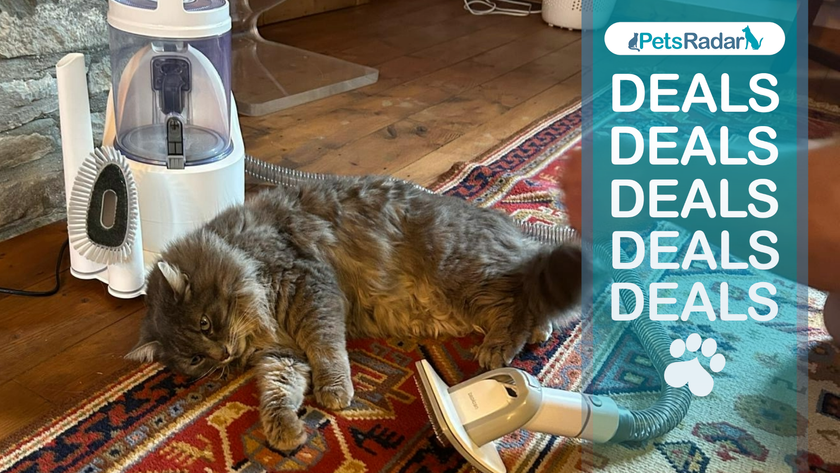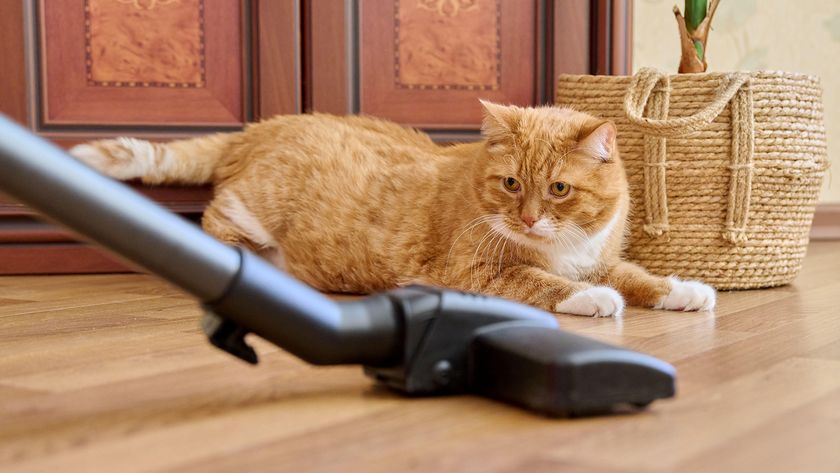Three easy steps to a happier and healthier dog, according to an expert trainer
Help your dog to stay calm and relaxed with this trainer’s three top tips

From jumping up and barking to counter surfing and resource guarding, there are a range of behavioral issues our canine companions can exhibit that many of us pet parents find challenging to know how to overcome.
We all want a calm and happy dog and while it would be wonderful if all that was required to achieve that was good food, plenty of rest and a few treats in the form of the longest lasting dog chews, helping your dog to feel relaxed usually involves a variety of factors.
In a video shared to Instagram, expert dog trainer Adam Spivey outlines three simple steps to a happier and calmer canine - and they couldn’t be easier. You can check out the video in its entirety below, or keep reading to find out what Spivey had to say.
A post shared by Southend Dog Training (@southenddogtraining)
A photo posted by on
1. Provide your dog with the right kind of exercise
While Spivey stresses the importance of exercising your dog daily, he’s also quick to point out that the environment and the kind of exercise you’re doing matters a great deal when it comes to how happy and calm your pup will be.
“Taking your dog to the same park and field every single day or walking the same block every single day for a half hour or 45 minutes is not enough, it’s not proper exercise,” he says. “Letting your dog run around [like crazy] every single day is not healthy for your dog. Dogs spend on average 22 to 23 hours a day stuck indoors and then you take it to the same place every day and you call that exercise.
Instead of focusing on how much energy your pup is burning off physically by running around and doing zoomies, Spivey suggests you try something new. “Proper exercise for a dog is using their brain and their nose,” he explains. “A sniff walk is so enriching for your dog. Taking it somewhere and allowing it to take in all that information through its nose is mentally enriching, it’s calming, it’s great for stress.”
2. Help your dog switch off
Spivey says that teaching your dog their off switch is vital for helping them to relax when they come home from a walk or other activity as opposed to stealing things, looking for toys to play with or engaging in other behaviors that you don’t want them to engage in.
PetsRadar Newsletter
Get the best advice, tips and top tech for your beloved Pets
“Stick your dog in a crate for at least two hours,” Spivey advises. “You don’t have to do this forever, do it for a couple of weeks. This will teach your dog to switch off. Then teach your dog to switch off in a bed or a place on the sofa. The crate just makes it easier.”
3. Feed your fur friend a decent diet
“We understand that if we load the kids up on skittles every single day, they’re going to be bouncing off the walls. Yet we don’t look at what we’re feeding our dog,” Spivey says. “If we give the dog cereal-based kibble, a kibble that’s multi-colored, they’re going to go nuts.”
While Spivey advocates for a raw food diet, he’s mindful that not everyone wants to go down this path with their pup. In these instances, he recommends that pet parents make sure that whatever diet they’re feeding their dog is high quality and has a high meat content. “Diet is so important,” Spivey says when it comes to a calm and happy dog.
If your dog is displaying any kind of behavioral issue, we understand how challenging this can be. We recommend reaching out to a professional dog trainer for advice and guidance if you find that you’re not seeing positive changes in their behavior after a few weeks.

Kathryn is a freelance writer who has been a member of the PetsRadar family since it launched in 2020. Highly experienced in her field, she's driven by a desire to provide pet parents with accurate, timely, and informative content that enables them to provide their fur friends with everything they need to thrive. Kathryn works closely with vets and trainers to ensure all articles offer the most up-to-date information across a range of pet-related fields, from insights into health and behavior issues to tips on products and training. When she’s not busy crafting the perfect sentence for her features, buying guides and news pieces, she can be found hanging out with her family (which includes one super sassy cat), drinking copious amounts of Jasmine tea and reading all the books.












